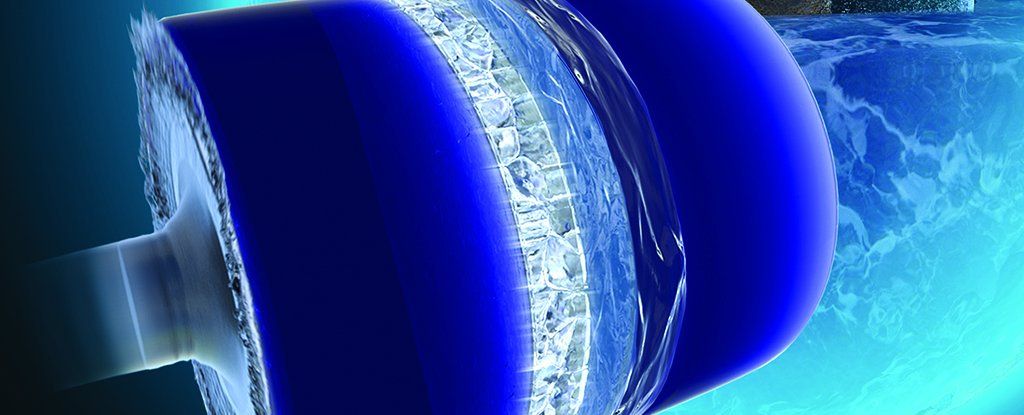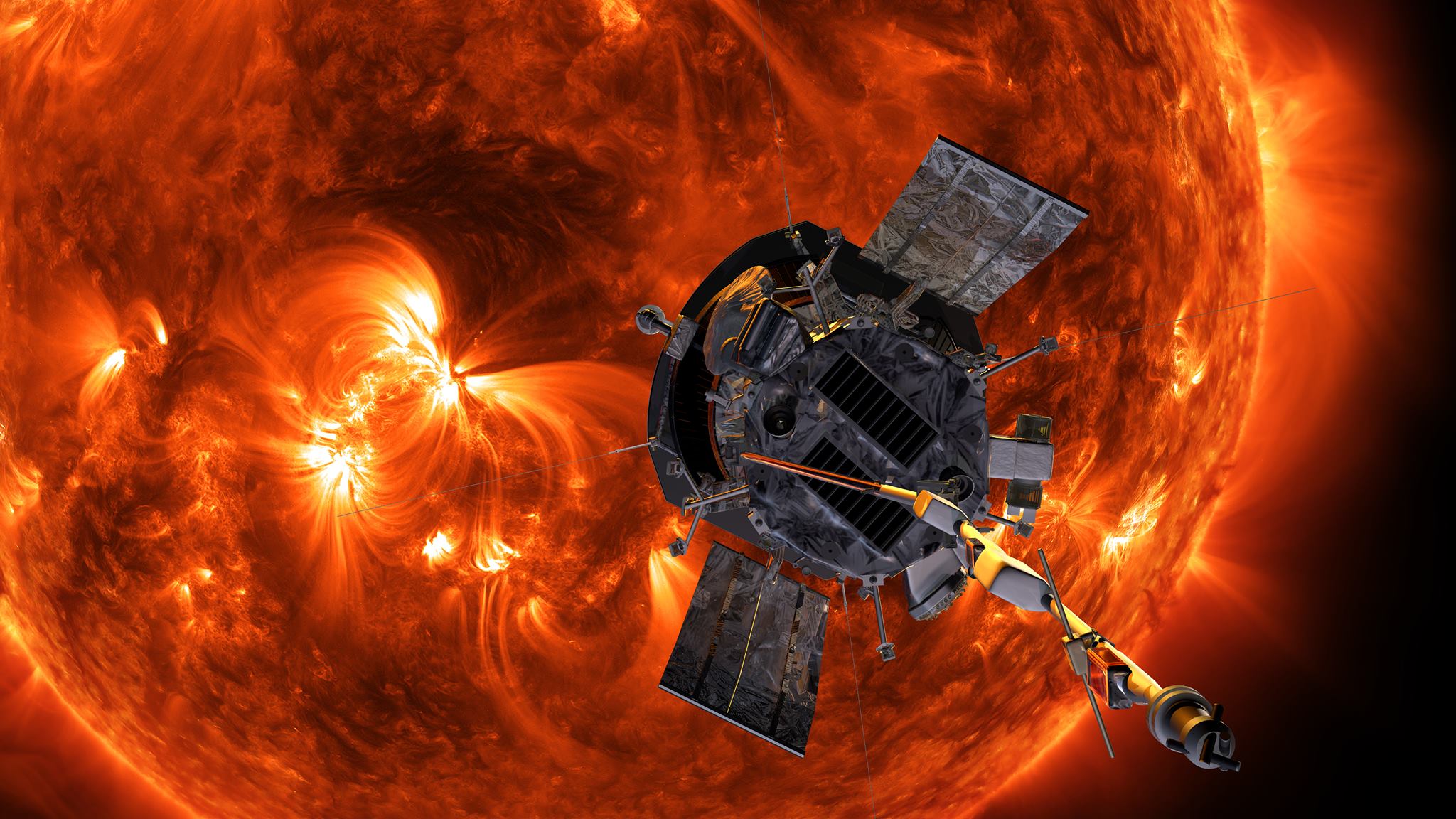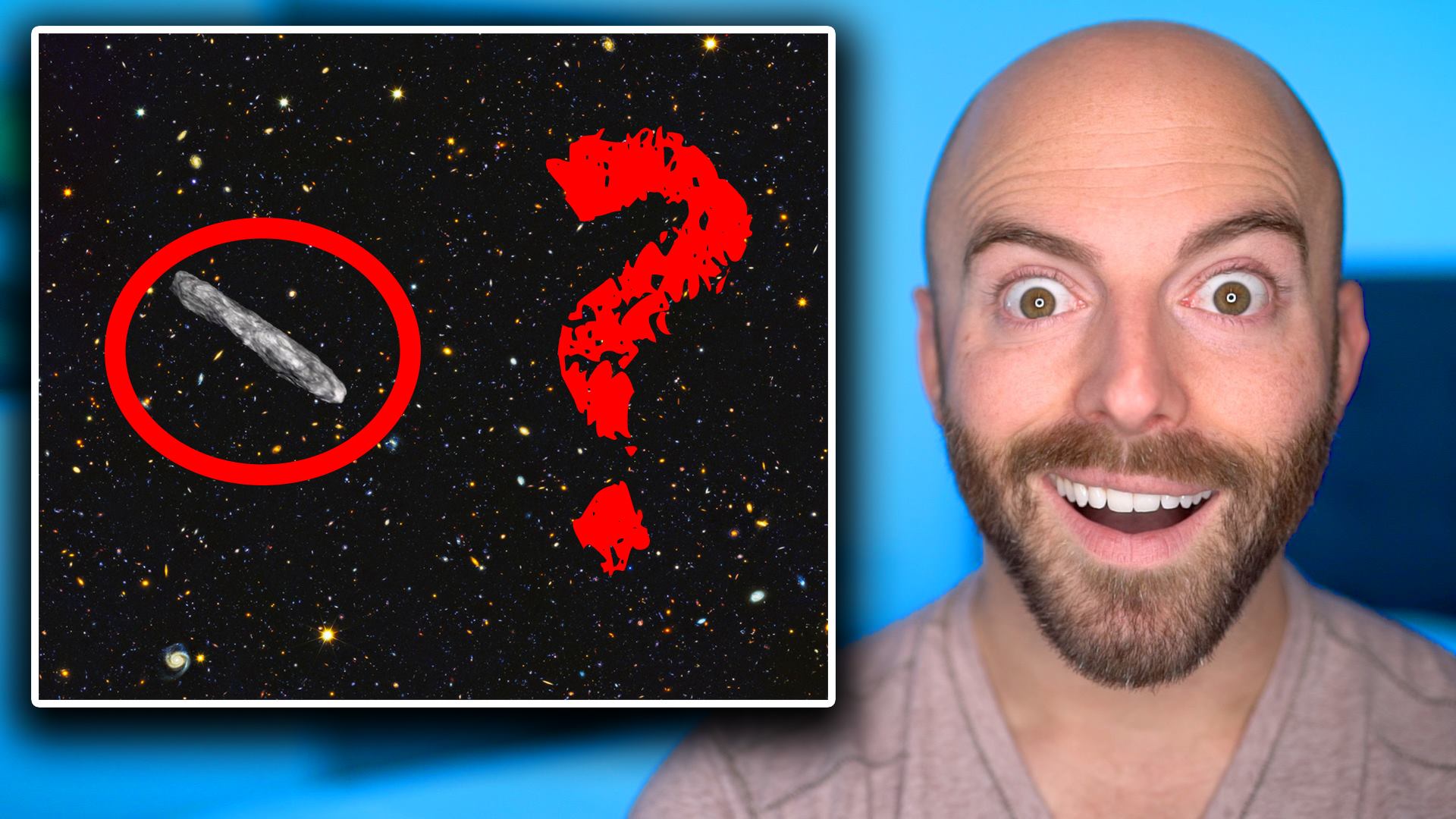Page 9357
Oct 30, 2018
Computer theorists show path to verifying that quantum beats classical
Posted by Genevieve Klien in categories: computing, information science, quantum physics
As multiple research groups around the world race to build a scalable quantum computer, questions remain about how the achievement of quantum supremacy will be verified.
Quantum supremacy is the term that describes a quantum computer’s ability to solve a computational task that would be prohibitively difficult for any classical algorithm. It is considered a critical milestone in quantum computing, but because the very nature of quantum activity defies traditional corroboration, there have been parallel efforts to find a way to prove that quantum supremacy has been achieved.
Researchers at the University of California, Berkeley, have just weighed in by giving a leading practical proposal known as random circuit sampling (RCS) a qualified seal of approval with the weight of complexity theoretic evidence behind it. Random circuit sampling is the technique Google has put forward to prove whether or not it has achieved quantum supremacy with a 72-qubit computer chip called Bristlecone, unveiled earlier this year.
Oct 30, 2018
Hybrid cell turns sunlight and water into hydrogen and electricity
Posted by Genevieve Klien in categories: solar power, sustainability
One of the main methods of producing hydrogen for fuel cells is to use artificial photosynthesis to split water into hydrogen and oxygen, but these devices still suffer from some efficiency issues. Now a new hybrid device may be able to recover some of the energy that would otherwise go to waste, by producing both hydrogen and electricity.
Oct 30, 2018
The Bitter Class Struggle Behind Our Definition of a Kilogram
Posted by Genevieve Klien in category: futurism
Before standardization, units of measurement were often manipulated by tyrants to cheat peasants and steal land.
Oct 30, 2018
Eye scan may detect Alzheimer’s disease in seconds
Posted by Genevieve Klien in categories: biotech/medical, neuroscience
It may soon be possible to diagnose Alzheimer’s in a matter of seconds using a noninvasive eye scanner that simply examines a person’s retina.
Oct 30, 2018
Last night, #ParkerSolarProbe surpassed 153,454 miles per hour becoming fastest-ever human-made object relative to the Sun
Posted by Michael Lance in category: space travel
This breaks the record set by the German-American Helios 2 mission in April 1976. The spacecraft will continue to break its own records, achieving a top speed of about 430,000 miles per hour in 2024. Catch up: https://go.nasa.gov/2qjOraI
Oct 30, 2018
DeepMind’s Eerie Reimagination of the Animal Kingdom
Posted by Shailesh Prasad in categories: futurism, robotics/AI

If a recent project using Google’s DeepMind were a recipe, you would take a pair of AI systems, images of animals, and a whole lot of computing power. Mix it all together, and you’ d get a series of imagined animals dream ed up by one of the AIs. A look through the research paper about the project—or this open Google Folder of images it produced—will likely lead you to agree that the results are a mix of impressive and downright eerie.
But t he eerie factor doesn’t mean the project shouldn’t be considered a success and a step forward for future uses of AI.
Continue reading “DeepMind’s Eerie Reimagination of the Animal Kingdom” »
Oct 30, 2018
This Bizarre Form of Ice Grows at Over 1,000 mph, And Now Physicists Know How
Posted by Saúl Morales Rodriguéz in categories: mathematics, physics
New research into a very weird type of ice known as Ice VII has revealed how it can form at speeds over 1,000 miles per hour (1,610 kilometres per hour), and how it might be able to spread across yet-to-be-explored alien worlds.
This ice type was only discovered occurring naturally in March, trapped inside diamonds deep underground, and this latest study looks in detail at how exactly it takes shape – apparently in a way that’s completely different to how water usually freezes into ice.
Based on a mathematical model devised by researchers from the Lawrence Livermore National Laboratory in California, there’s a certain pressure threshold across which Ice VII will spread with lightning speed. This process of near-instantaneous transformation is known as homogeneous nucleation.
Continue reading “This Bizarre Form of Ice Grows at Over 1,000 mph, And Now Physicists Know How” »
Oct 29, 2018
We’re getting closer to “touching” the Sun
Posted by Michael Lance in category: space travel
ParkerSolarProbe became the closest-ever spacecraft to the Sun when it passed within 26.55 million miles of the Sun’s surface. Find out more: https://go.nasa.gov/2Q4QB9p

















